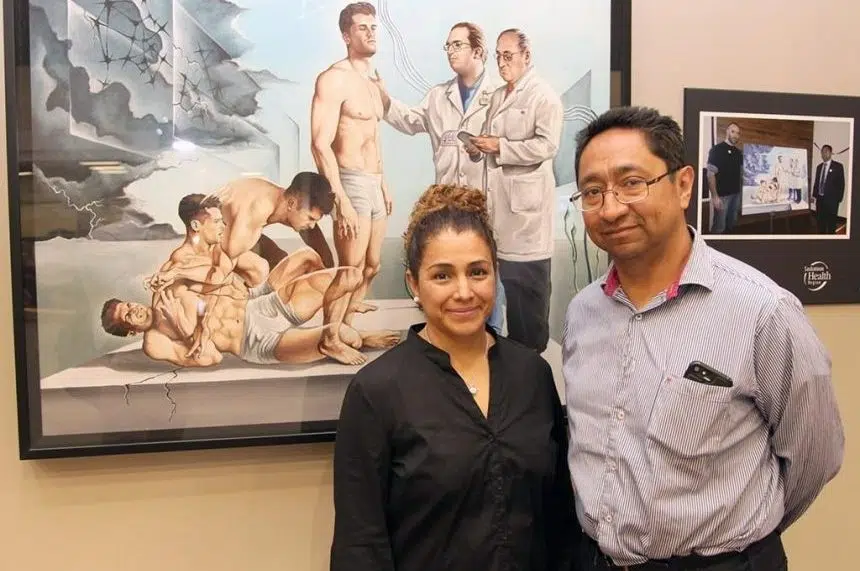SASKATOON — A new study suggests that the incidence of epilepsy among Indigenous Canadians is twice that of non-Indigenous people.
Research from the University of Saskatchewan showed a national rate annually of 62 new cases per 100,000 people. But for self-identified First Nations patients, that rate doubles to 122 per 100,000.
Lead researcher Jose Téllez-Zenteno, a professor at the University of Saskatchewan College of Medicine, said he couldn’t point to the exact reason for the difference, but it could be connected to higher rates of traumatic brain injury in Indigenous populations.
“It’s very well known that some patients who survive a head injury can develop epilepsy later. That would be our main hypothesis, although we cannot rule out other theories,” he said, adding age and genetics could also play a role.
Anything that disturbs the normal pattern of brain activity can lead to seizures, but other factors, such as poverty and reduced access to education, may also contribute to a higher risk.
The rates in Canada’s Indigenous population are closer to those in Latin American countries with higher levels of poverty, Téllez-Zenteno said.
The study, published Thursday in Seizure: European Journal of Epilepsy, had a team of epidemiologist and neurologists use Saskatchewan Health records from 2005 to 2010 to gather data on patients who were either hospitalized for epilepsy or had two physician visits with an epilepsy diagnosis.
They then took the data and adjusted it for the rest of the country.
Téllez-Zenteno said between 30 and 40 per cent of patients cannot control their epilepsy with medication and will require an operation to stop the seizures. But he said research in Saskatchewan shows 95 per cent of people getting the surgery are non-Indigenous.
“That means that these patients … are not having the benefits of epilepsy surgery,” he said, adding more outreach to Indigenous communities is needed.
Study co-author Lizbeth Hernández-Ronquillo said epilepsy is the most common neurological condition worldwide but more research is needed, specifically into the disproportionate rates among Indigenous populations.
The study also found that incidents of epilepsy increased as people get older due to health problems such as strokes, tumours and dementia.
Although the rate of epilepsy is increasing in countries without universal health care, she said the prevalence of epilepsy across Canada decreased slightly in the years studied.
“This trend has been seen in other countries with health coverage like Denmark and Finland,” Hernández-Ronquillo said. “What we are thinking is that the prevention measures that have been in place for years are working in general.”
— By Kelly Geraldine Malone in Winnipeg











